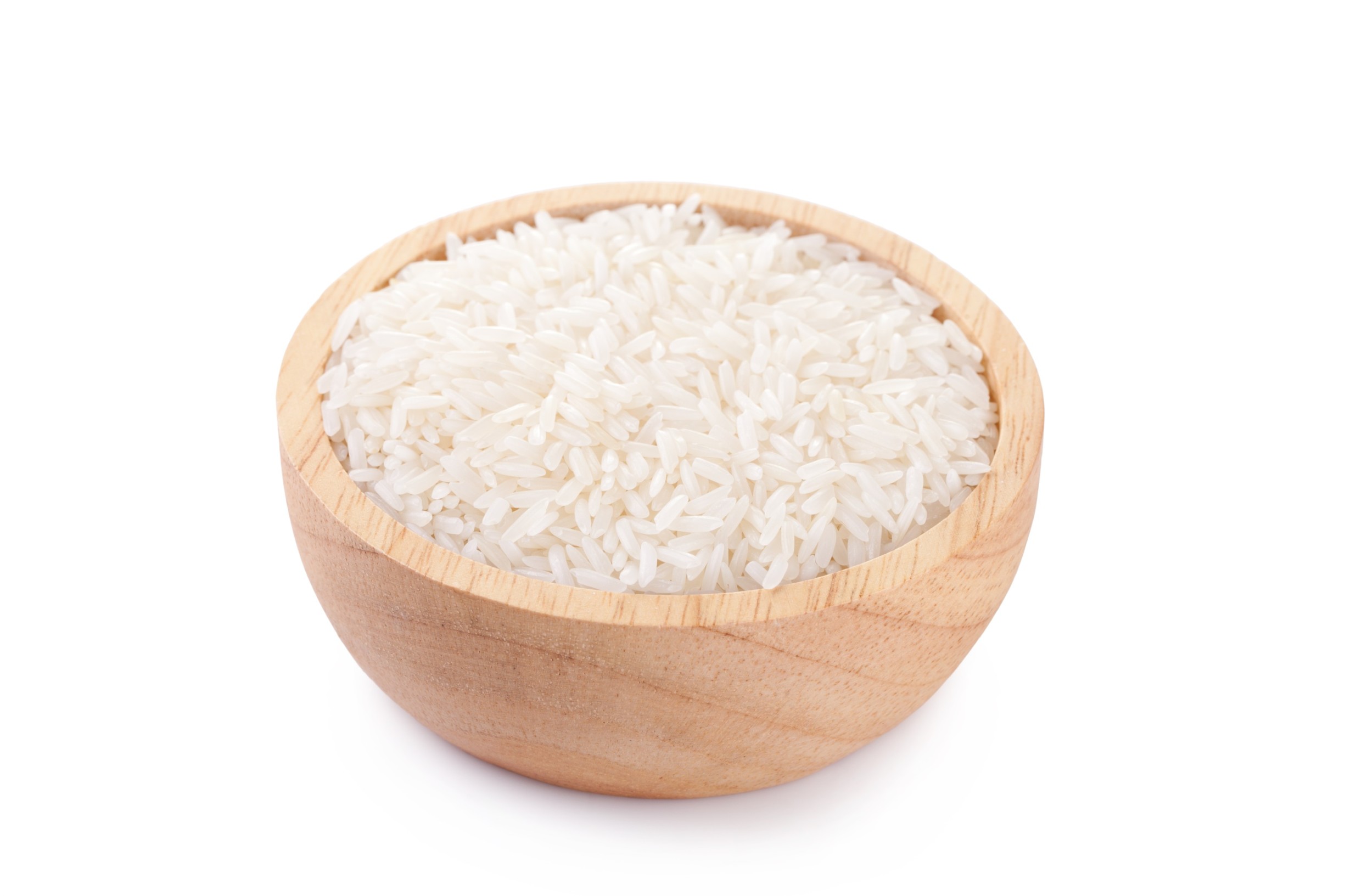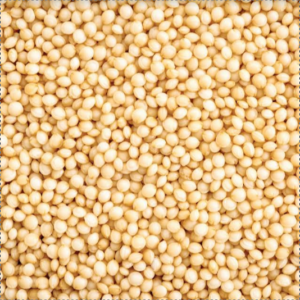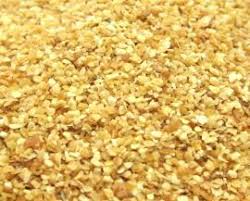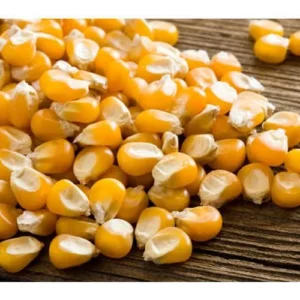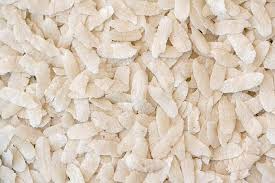Description
Non-Basmati rice refers to any variety of rice that is not classified as Basmati. Unlike Basmati rice, which is known for its long grains, delicate aroma, and distinct flavor, non-Basmati rice encompasses a wide range of rice varieties with different characteristics. Here are some key points about non-Basmati rice:
- Varieties: Non-Basmati rice includes a diverse range of rice varieties, each with its own grain length, texture, flavor, and cooking properties. Some common types of non-Basmati rice include long-grain rice, medium-grain rice, short-grain rice, jasmine rice, parboiled rice, and sushi rice, among others.
- Cultivation: Non-Basmati rice is cultivated in various regions around the world, including Asia, Africa, the Americas, and Europe. Different varieties are grown in different climates and soil conditions, and they may have different cultivation practices and growing seasons.
- Texture and Flavor: Non-Basmati rice varieties vary in texture and flavor. Long-grain rice tends to have a firm and separate texture when cooked, while medium-grain and short-grain rice varieties are often stickier and more moist. The flavor of non-Basmati rice can range from mild and neutral to slightly sweet or nutty, depending on the variety.
- Culinary Uses: Non-Basmati rice is used in a wide variety of culinary dishes around the world. It serves as a staple food in many cuisines and is used in dishes such as pilaf, risotto, fried rice, rice pudding, sushi, and more. Different rice varieties are chosen based on their texture and flavor profiles, as well as regional culinary preferences.
- Nutritional Value: Like Basmati rice, non-Basmati rice is a good source of carbohydrates and provides essential nutrients such as vitamins, minerals, and dietary fiber. It’s naturally gluten-free and low in fat, making it suitable for individuals with gluten intolerance or those seeking a healthy carbohydrate source.
- Cooking: Non-Basmati rice varieties may require different cooking methods and water-to-rice ratios depending on their grain length and texture. Some varieties may benefit from rinsing before cooking to remove excess starch, while others may be parboiled or pre-cooked to shorten cooking times.
Specifications
-
Botanical Name
Oryza Sativa
-
Common Names
Non-Basmati
-
Varities
Pusa Brown Rice, Ponni Rice, IR 64 Raw Rice, IR 64 Parboiled Rice, PR 11 Sella Rice, PR 11 Steam Rice, PR 14 Sella Rice, PR 16 Sella Rice, PR 16 Steam Rice, PR 14 Steam Rice, Broken 5%, 10%, 25%, 50% (All kind of Raw, Sella & Steam Rice)
-
Moisture
Max. 10%
-
Cleaning
Machine Clean / Sortex Clean
-
GMO
Non Genetically Modified
-
Origin
India


